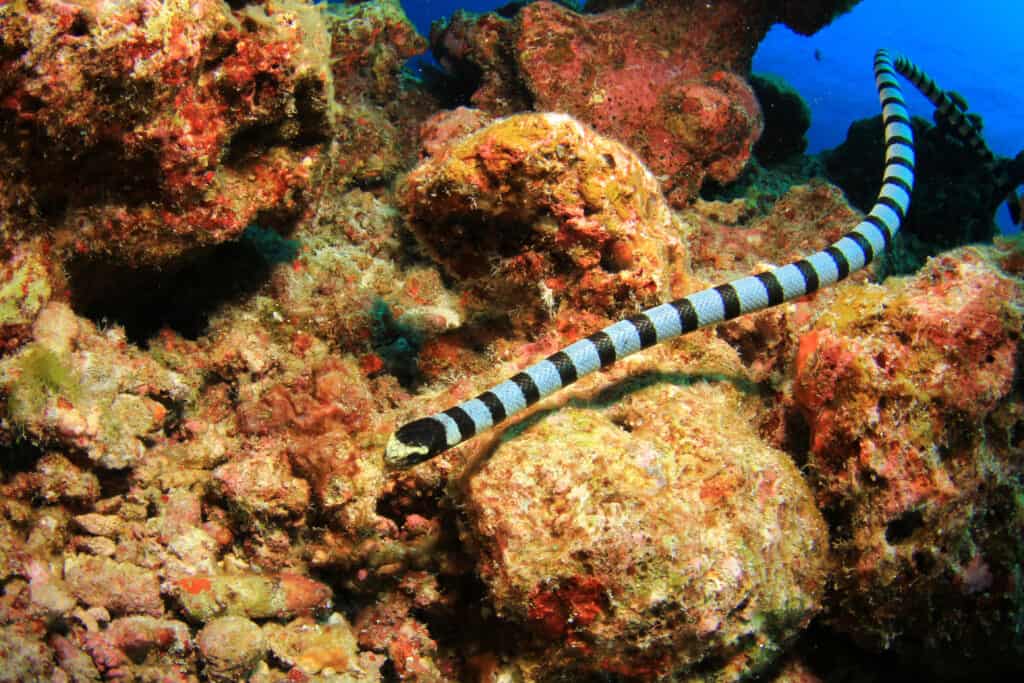Introduction
When it concerns venomous serpents, Australia is home to a few of one of the most fascinating and hazardous varieties on the planet. Among these, the Tiger Snake stands out not just for its powerful venom but likewise for its fascinating actions. Recognizing the habits of poisonous serpents like the Tiger Snake is critical for both wild animals enthusiasts and those residing in areas where these snakes are present. This post explores various aspects of Tiger Serpent habits, environment, recognition, precaution, and first aid techniques in instance of a serpent bite.
Understanding the Behavior of Venomous Snakes Like the Tiger Snake
The Tiger Snake, clinically known as Notechis scutatus, is notorious for its aggressive nature when endangered. These serpents exhibit a variety of behaviors that can be rather https://open.substack.com/pub/deantjul073/p/australian-snakes-and-their-bites?r=4lyq7r&utm_campaign=post&utm_medium=web&showWelcomeOnShare=true various from their non-venomous counterparts.
Characteristics of Tiger Snakes
The Tiger Snake is quickly recognizable as a result of its unique bands or red stripes that look like a tiger's markings. They can vary in shade from yellowish-brown to dark olive or black. This coloration serves not just as camouflage but likewise as a warning signal to potential predators.


Adaptability to Environment
One impressive element of their actions is their adaptability to different settings. Found primarily in coastal regions, marshes, and wetlands across Australia and Tasmania, they can thrive in varied environments consisting of metropolitan locations.
Hunting Techniques
Tiger Serpents are ambush predators mostly feeding on fish, frogs, and little animals. They possess keen eyesight and an intense feeling of scent which aids them in locating victim effectively.
Venom Composition
Their venom contains neurotoxins that influence the nerve system, causing paralysis or fatality in smaller sized animals. For humans, instant medical interest is critical after a tiger snake bite due to its potentially lethal effects.
Natural Habitat of Tiger Snakes
Preferred Locations
Understanding where these serpents reside sheds light on their behavior patterns. The tiger serpent habitat includes:
- Coastal regions Swamps Grasslands Urban areas with bountiful water sources
Seasonal Movements
During warmer months, Tiger Snakes are more energetic as they indulge in sunlight or quest for food. In contrast, chillier months see them pulling back into hibernation sites.
Are Tiger Snakes Venomous?
Yes! The concern "are tiger snakes venomous?" frequently develops amongst those unfamiliar with this types. Their venom is taken into consideration one of the deadliest among all serpent species worldwide.
Symptoms of a Tiger Serpent Bite
If bitten by a tiger serpent, symptoms might include:

- Localized pain Swelling at the bite site Nausea and vomiting Sweating and confusion
Immediate clinical assistance is critical as without treatment bites can bring about extreme health and wellness difficulties and even death.
First Aid for Snake Bites: Quick Feedback Guide
Knowing exactly how to administer emergency treatment for a serpent bite might save a person's life. Right here's what you should do:
Step 1: Continue to be Calm
Keeping tranquility helps slow down heart rate which minimizes poison spread.
Step 2: Immobilize the Impacted Area
Keep the influenced limb still and below heart level if possible.
Step 3: Call Emergency Services
Always look for professional clinical help immediately after a snake bite.
First Aid for Serpent Bite Kit Essentials
A well-appointed snake bite first aid kit should consist of:
- A compression bandage Antiseptic wipes A set of scissors A cold pack
Safety Preventative measures: Preventing Serpent Bites in Australia
Awareness Programs
Educating neighborhoods about local snake species and their actions can significantly reduce experiences causing bites.
Avoiding Hazardous Areas
Staying away from lengthy lawn throughout warmer months decreases call with snakes that could be resting or hunting.
Common Misunderstandings Concerning Tiger Snakes
Many individuals believe false impressions about the behaviors of tiger serpents cause unneeded fear. Right here are some clarifications:
Myth 1: All Tigers Are Aggressive
Not all tiger serpents will certainly show hostility if left undisturbed; many like getting away as opposed to confrontation.
Myth 2: They Chase Humans
Tiger snakes do not proactively chase humans; they may strike when they feel endangered yet will typically retreat if provided space.
Conservation Efforts Connected to Poisonous Snakes
Conservation initiatives concentrate on informing areas regarding securing neighborhood wild animals while lessening human-snake interactions.
Importance of Ecosystems
Understanding that venomous snakes play an important role in maintaining environmental balance helps foster recognition rather than worry towards them.
FAQs Regarding Tiger Snakes
What should I do if I experience a tiger snake?- Maintain range and slowly retreat without abrupt movements.
- While attacks aren't extremely usual because of recognition initiatives, they still take place every year within Australia.
- Baby tiger snakes can supply full dosages of venom in spite of being smaller sized; thus care is suggested around them.
- They largely eat frogs, fish, small mammals like rodents, and various other reptiles.
- It's prohibited in many jurisdictions without correct licensing because of security concerns concerning their venom.
- Wear sturdy boots and stay on marked trails; look before placing hands or feet right into hidden rooms like rocks or logs.
Conclusion
Understanding the behavior of venomous snakes like the Tiger Serpent not only enhances our expertise but likewise promotes safety recognition amongst those living near their habitats. From identifying their characteristics, recognizing emergency treatment methods following a bite, via involving preservation initiatives-- every aspect plays black snake australia an important role in cultivating coexistence with these remarkable reptiles while valuing their area within our ecosystem.
As we strengthen our understanding via education and experience, we add favorably toward ensuring both human safety and security and wild animals conservation-- benefitting all events involved!